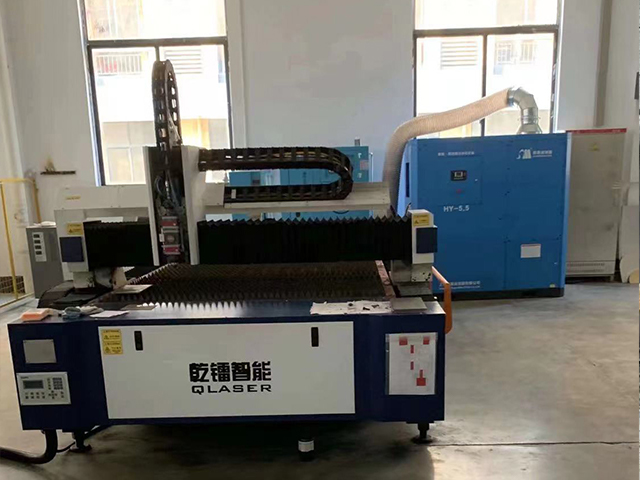The Laser Scattering Dust Detector: A Vital Tool for Environmental Monitoring
In today's industrial and urban landscapes, dust pollution has become a significant concern. The laser scattering dust detector, as a cutting-edge technology, has emerged as a crucial tool in the fight against dust pollution, providing real-time, accurate, and reliable measurements of dust concentrations.
Principle of Operation
The laser scattering dust detector works by emitting a laser beam into the environment and measuring the amount of light scattered by dust particles. The scattering of light is proportional to the concentration of dust particles in the air. By analyzing the intensity and pattern of the scattered light, the detector can accurately determine the dust concentration in the surrounding environment.
Advantages of Laser Scattering Dust Detectors

High Accuracy: Laser scattering dust detectors offer a high level of accuracy, even for measuring very small dust particles. This is crucial for identifying potential health hazards and complying with environmental regulations.
Real-Time Monitoring: These detectors provide real-time monitoring of dust concentrations, enabling quick and effective responses to any changes in air quality.
Non-Contact Measurement: Unlike traditional dust sampling methods, laser scattering dust detectors do not require physical contact with the air sample. This reduces the risk of contamination and ensures continuous, uninterrupted monitoring.
Wide Range of Applications: Laser scattering dust detectors can be used in a variety of environments, including industrial plants, construction sites, and urban areas.
Applications
Environmental Monitoring: Laser scattering dust detectors are widely used in environmental monitoring stations to measure and monitor dust concentrations in the air. This data can be used to assess air quality, identify sources of pollution, and develop effective control strategies.
Industrial Process Control: In industrial settings, laser scattering dust detectors are used to monitor dust emissions from various processes, such as combustion, grinding, and handling of dusty materials. By providing accurate and real-time measurements of dust concentrations, these detectors help companies comply with environmental regulations, improve worker safety, and optimize production processes.
Healthcare Facilities: Hospitals, laboratories, and other healthcare facilities often need to monitor dust concentrations to ensure a clean and safe environment for patients and staff. Laser scattering dust detectors provide a reliable and accurate means of monitoring dust levels in these environments.
Conclusion
In conclusion, the laser scattering dust detector is a valuable tool for environmental monitoring and industrial process control. Its high accuracy, real-time monitoring capabilities, and non-contact measurement make it an essential part of the fight against dust pollution. With continued research and development, laser scattering dust detectors are likely to play an even more critical role in protecting our air quality and health in the future.